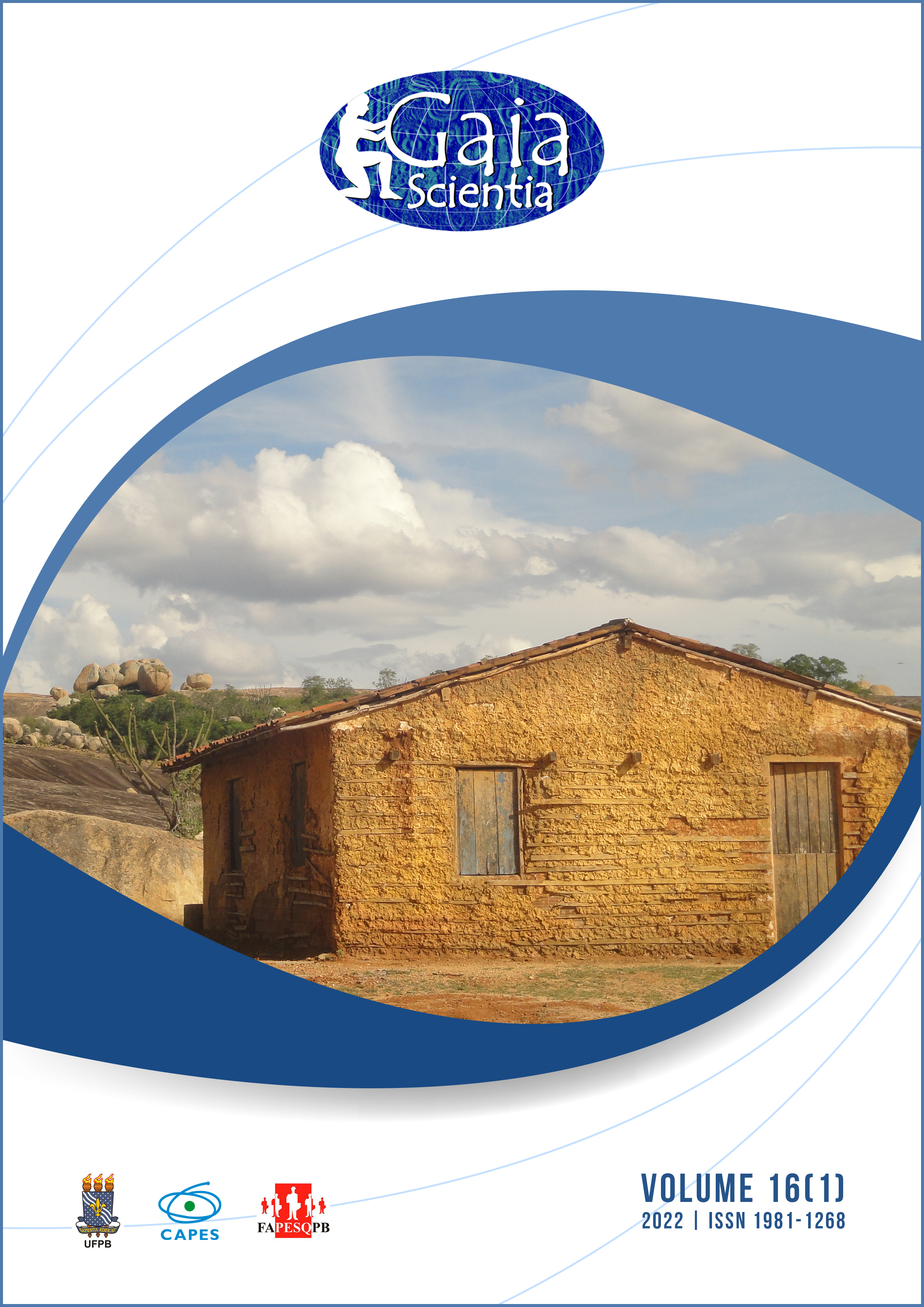Assessment of water for human consumption with the risk index of water quality in surface sources supplying rural community homes
DOI:
https://doi.org/10.22478/ufpb.1981-1268.2022v16n1.61558Abstract
In Colombia, certain rural areas do not have potable water, contributing to the emergence of Acute Diarrheic Diseases (ADD) afflicting the child population; Therefore, the surface sources of water for human consumption in traditional rural community households (LCTR) were assessed with the water quality risk index (IRCA), using data provided by the Departmental Health Institute of Nariño (IDSN), with which the annual average of some physical, chemical and biological parameters was calculated, in order to verify compliance with Colombian Resolution 2115 of 2007; Significant differences were determined with the Mann-Whitney-Wilcoxon W test for p < 0.05, in the InfoStat software, V. 2020 and the IRCA was calculated following the methodology of this Resolution. The turbidity, total coliforms, and Escherichia coli parameters in El Peñol and El Tambo do not comply with the established limits. Highly significant differences were found in total alkalinity, pH and total hardness; significant differences in apparent color, residual chlorine, turbidity, total coliforms and Escherichia coli and no differences in chlorides. It is concluded that the water is not suitable for human consumption, as it presents “Medium to High” risk for consumption.










